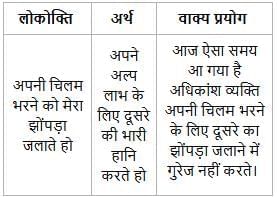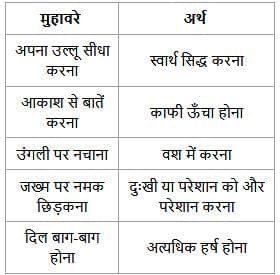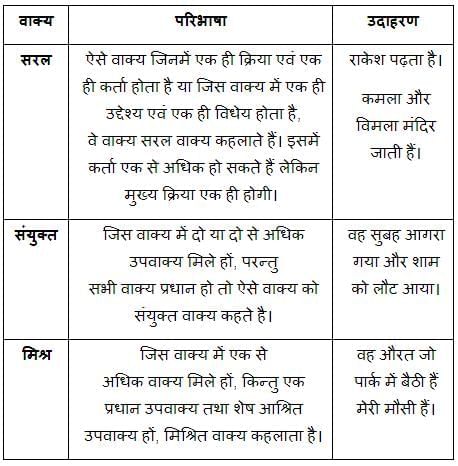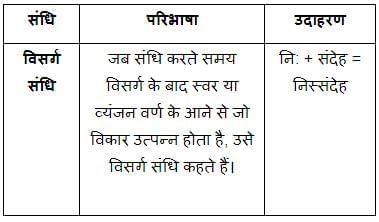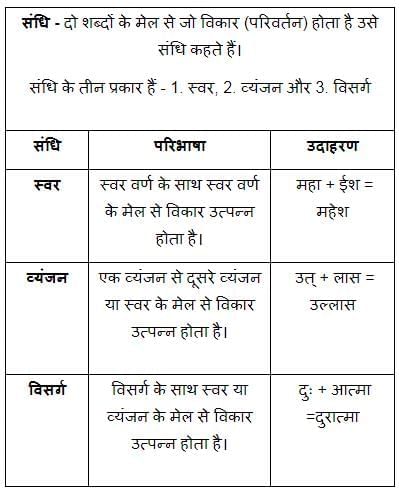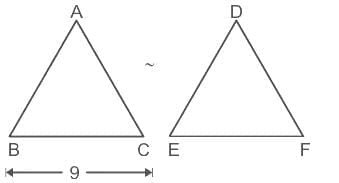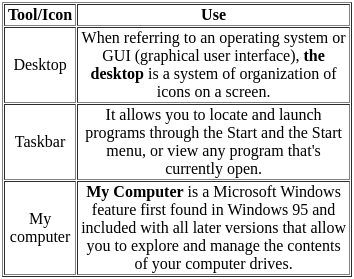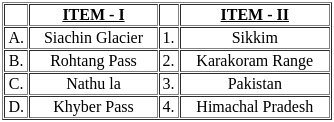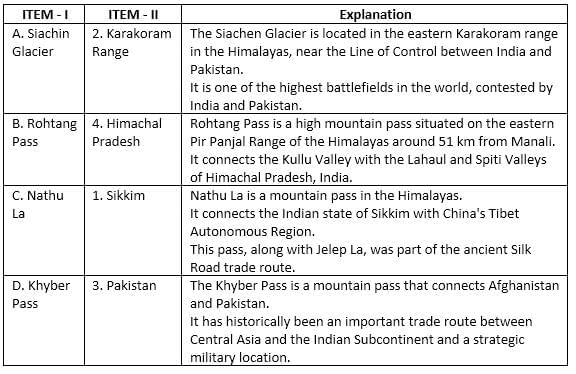CG Vyapam Teacher Mock Test - 2 - CG TET MCQ
30 Questions MCQ Test CG Vyapam Teacher Mock Test Series 2025 - CG Vyapam Teacher Mock Test - 2
The problem-solving strategy in which one begins from the goal and moves back sequentially to figure out the solution, is called -
A teacher collects and reads the work of the class, then plans and adjusts the next lesson to meet student needs. He/She is doing
Gender refers to the ________ constructed differences in persons.
Teaching-learning and assessment strategies of children include -
(i) exploring children's ideas
(ii) daily life experiences
(iii) worksheets to assess the existing understanding
निम्नलिखित में से लोकोक्ति "अपनी चिलम भरने को मेरा झोंपड़ा जलाते हो" का क्या अर्थ है ?
Which of the following mathematical concepts is most closely related to the ability to identify and describe patterns in numbers and shapes?
a) Geometry
b) Algebra
c) Estimation
The salary ratio of Hakeem, Christo and Ganesh is 3 : 5 : 7, if Ganesh is getting Rs.684 more than Hakeem. What is the salary of Christo?(in Rs.)
Below is given the classification of 100 students based on marks in Physics and Chemistry obtained by them in an examination.
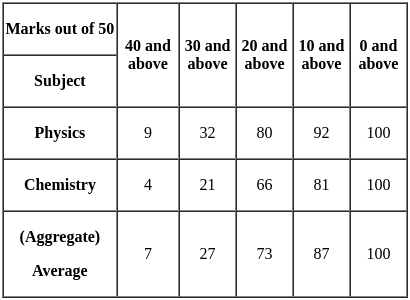
The percentage of the number of students getting at least 60% marks in Chemistry over those getting at least 40% marks in aggregate, is approximately:
ΔABC ~ ΔDEF and the perimeters of ΔABC and ΔDEF are 30 cm and 18 cm respectively. If BC = 9cm then EF = ?
Among common people who was popular as Hazrat Dataganj?
What is the smallest font size available in the tool formatting bar in MS Word?
Which shortcut key is used to align the text to the centre?
What is the primary focus of the Passage Exercise (PASSEX) that recently took place in the North Arabian Sea?
Who of the following personality of this state was the First Chief Minister of Madhya Pradesh?



